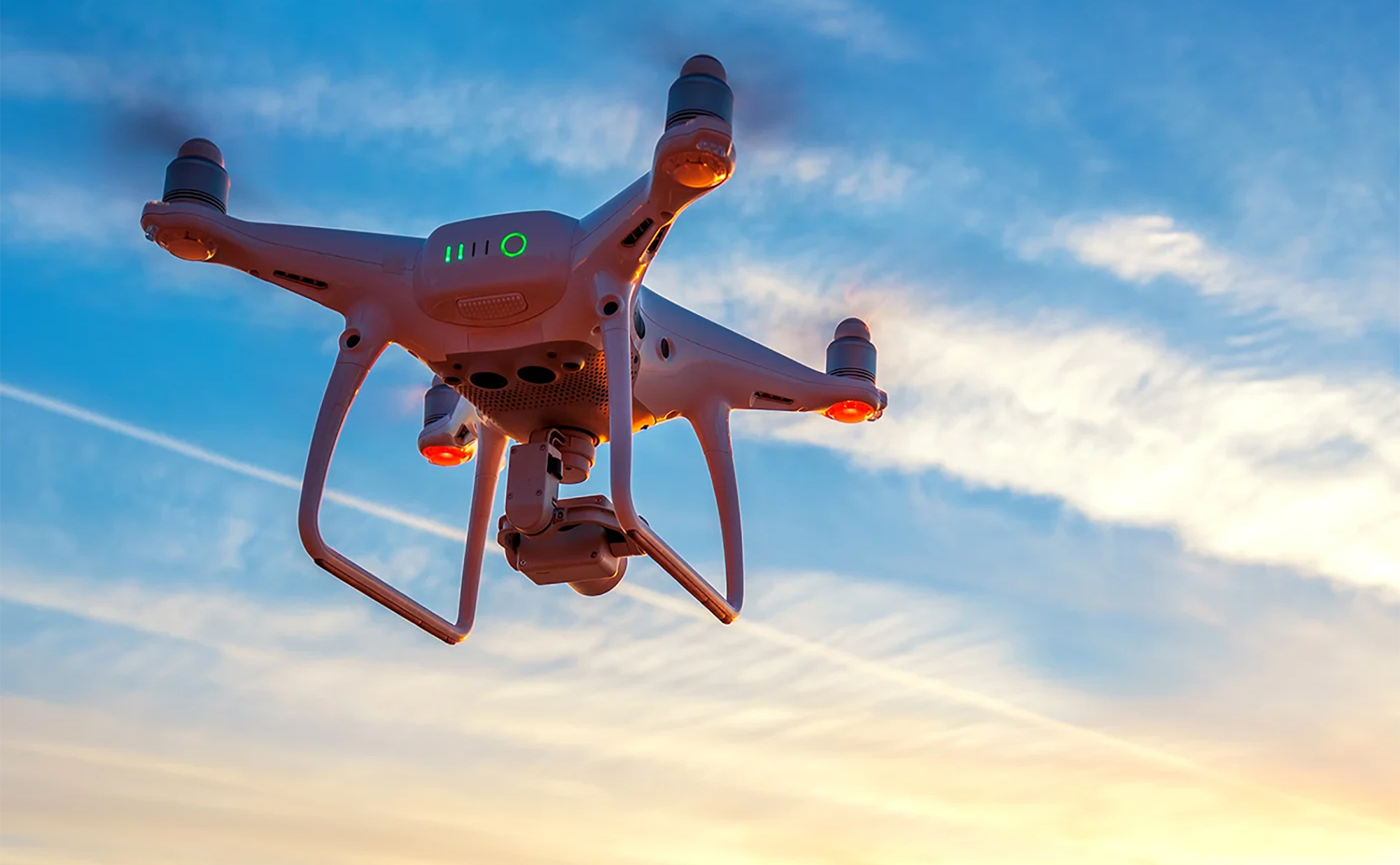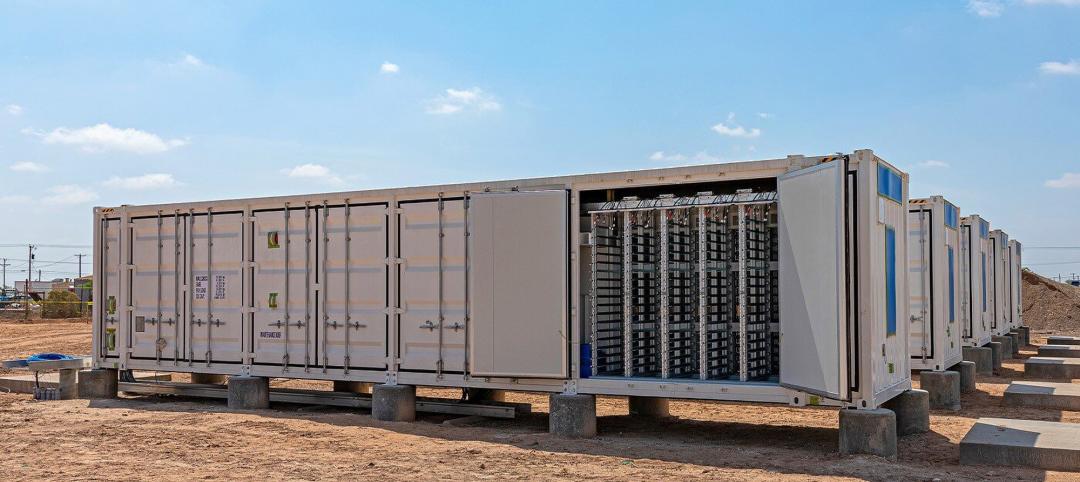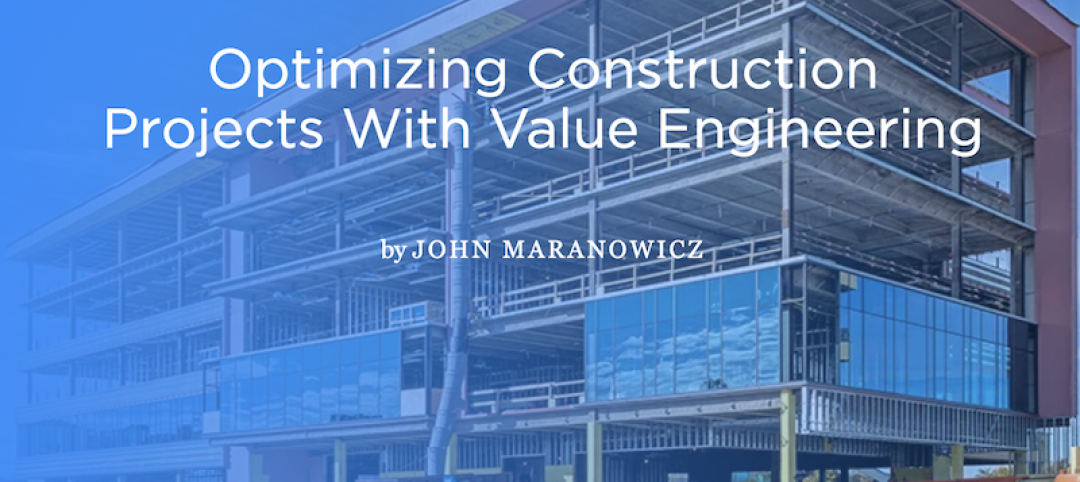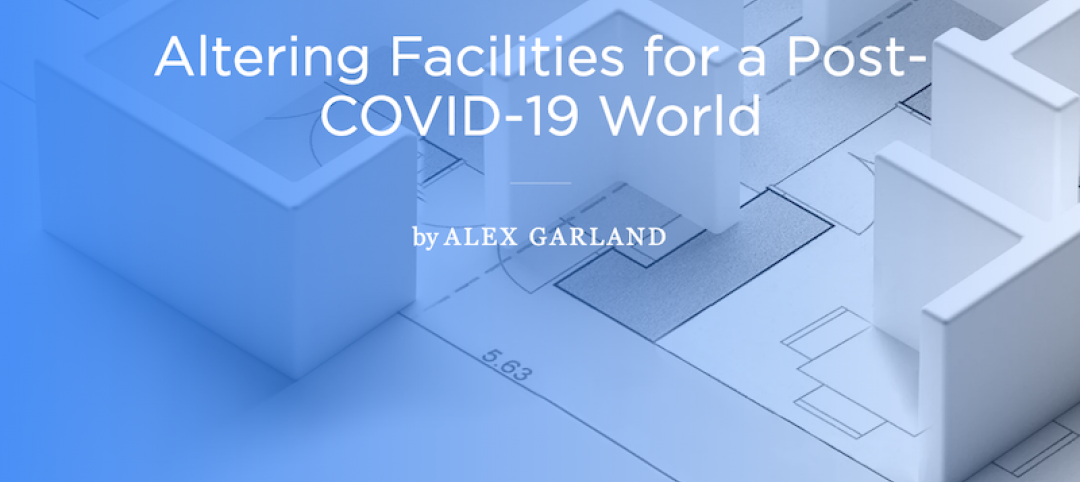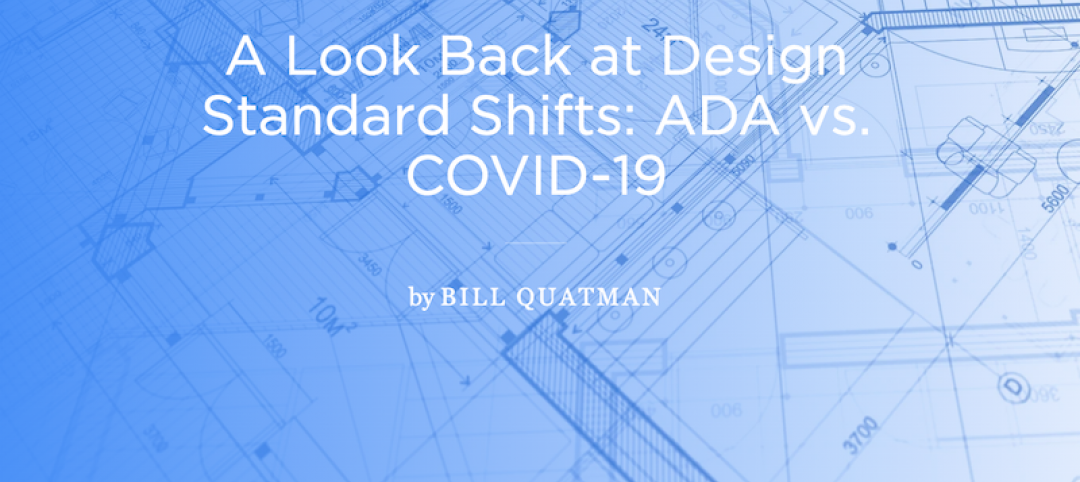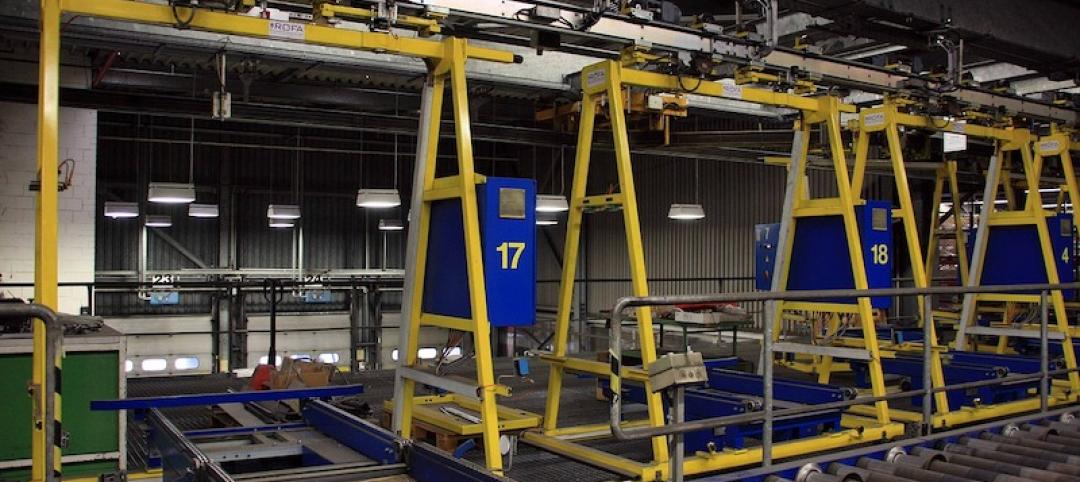Artificial intelligence is causing a stir in most industries, and construction is no different. Using smartphones or pole-mounted cameras, a computer application can acquire important information from videos or images, and complete a task based on the information garnered. This technological solution is called computer vision.
Whether a teenager applies filters on Snapchat or a driver uses an automatic parking system, many people already use computer vision on a regular basis.
Although this technology has been around a few years, its application on construction sites is rather nascent. Most engineering and construction companies are not using the full capabilities of computer vision. This technological solution has the potential to improve construction management and project execution by facilitating safer work practices and automating construction progress measurement and quality control.
Technology for a Safer Job Site
On a construction site, safety is top concern for the site manager and the crew, as construction is inherently riskier than many occupations. According to the U.S. Bureau of Labor Statistics, for every 10,000 private sector employees there were 21.7 nonfatal injuries or illnesses that required days off in 2020. For every 10,000 construction employees the rate of nonfatal injuries or illnesses requiring days off was 31.4—nearly 50% higher than all private sector jobs combined.
Using computer vision, site managers could more easily identify safety violations or risky activity on a job site. Cameras mounted on poles throughout the construction site can serve images to an application trained to look for safety violations or risky behavior. For example, if the application can recognize when an employee is wearing proper personal protective equipment, the site manager will be notified if an employee fails to wear a hard hat on-site.
These new solutions aren’t intended to punish construction crews, but instead create situational awareness so management can promote safe work habits.
Tracking Project Progress
If time is limited for project execution, finding efficiencies is critical for meeting client expectations. Instead of requiring humans to walk through a site checking for progress each day, computer vision can help construction crews track site progress. Programming a computer vision application to identify specific items, such as a solar panel or lattice tower, could give site and construction managers a quick count of the installed materials on a project site.
For example, if a drone or smartphone can take a picture of a field where solar panels are installed and send the picture through a computer vision application, the application could quickly count how many solar panels are installed and how many are remaining, eliminating the need for a crew member to walk through the field counting each panel and measuring site progress.
Computer Vision Eliminating Defects and Maintaining Quality
Maintaining structural integrity is critical for successfully executing a construction project. Using a computer vision application, a construction manager or crew member could diagnose whether an entire concrete foundation is level or if planned piping or other features are correctly located. Using this technology after concrete is poured but before building commences could minimize concerns about structural integrity, especially if the foundation needs to be adjusted.
In another example, a municipality, or utility company that wants to see how many defective lightbulbs are on the roadway could cut staff time down by using video or pictures of the streetlights. If the computer vision application received a video and was configured to identify defective streetlights, crews could fix the light immediately, rather than waiting for a complaint from a driver or sending staff out to see if all lights are operational.
Many of the examples provided are hypothetical but this technology has already demonstrated its effectiveness in consumer applications. Potential concerns regarding this technology arise when considering privacy rights for construction crew members, especially subcontractors and union crews who may feel uncomfortable if cameras are installed across a construction site without explanation of the benefits, intent and agreed-upon usage restrictions.
Being clear about the intended use of cameras and computer vision is important for assuaging these concerns. A crew member who has a doctor’s appointment before arriving to work may not appreciate feeling like he or she is being monitored for timeliness. Also, before a crew member demonstrates risky behavior on the work site that is identified by the computer vision application, it’s important to have clear policies and procedures established and clearly communicated to the construction crew. Computer vision is simply one more tool to build and reinforce a strong safety culture.
Computer vision applications can’t do the hands-on work required at a construction site, but for tasks that require visual inspection—safety, quality control and project progress—this technological solution has the potential to create efficiencies and reduce manual work.
More from Author
Burns & McDonnell | Oct 23, 2024
Navigating battery energy storage augmentation
By implementing an augmentation plan upfront, owners can minimize potential delays and unforeseen costs when augmentation needs to occur, according to Burns & McDonnell energy storage technology manager Joshua Crawford.
Burns & McDonnell | Sep 24, 2024
Generative AI can bolster innovation in construction industry
Jeff Danley, Associate Technology and Innovation Consultant at Burns & McDonnell, suggests several solutions generative AI could have within the construction industry.
Burns & McDonnell | May 25, 2023
4 considerations for increasing biodiversity in construction projects
As climate change is linked with biodiversity depletion, fostering biodiverse landscapes during construction can create benefits beyond the immediate surroundings of the project.
Burns & McDonnell | Mar 20, 2023
Battery energy storage market predictions are trickier than ever
Burns & McDonnell breaks down the state of battery energy storage today, from pricing concerns to alternative solutions.
Burns & McDonnell | Dec 12, 2022
Supplementing workplace connections through digital knowledge networks
Zachary Wassenberg of Burns & McDonnell breaks down three applications for digital knowledge networks: training, libraries, and instructions.
Burns & McDonnell | Jun 14, 2022
Thinking beyond the stadium: the future of district development
Traditional sports and entertainment venues are fading as teams and entertainment entities strive to move toward more diversified entertainment districts.
Burns & McDonnell | Jan 4, 2021
Optimizing construction projects with value engineering
When value engineering is referenced in our industry, our minds may immediately go to a process that reduces project cost by slashing scope or decreasing the quality of materials used. However, that is not necessarily what the definition should be.
Burns & McDonnell | Oct 14, 2020
Altering facilities for a post-COVID-19 world
There are several possibilities when it comes to reconfiguring or adjusting a space to maintain the health and safety of workers, from reorganizing spaces to enable social distancing measures to full teardown and reconstruction of a plant.
Burns & McDonnell | Jun 23, 2020
A look back at design standard shifts: ADA vs. COVID-19
The short story is official design guidelines are slow to be developed and made into law.
Burns & McDonnell | Apr 8, 2020
Navigate supply chain and manufacturing challenges during disruption
First, most important and most complex: Create an extensive safety plan for your facilities and job sites that protects both the personnel onsite and the end users of your product.

